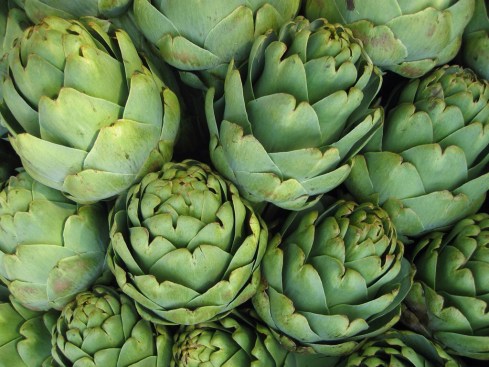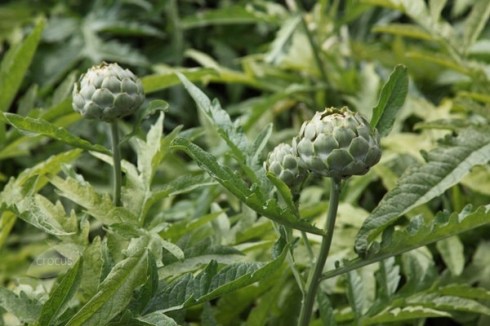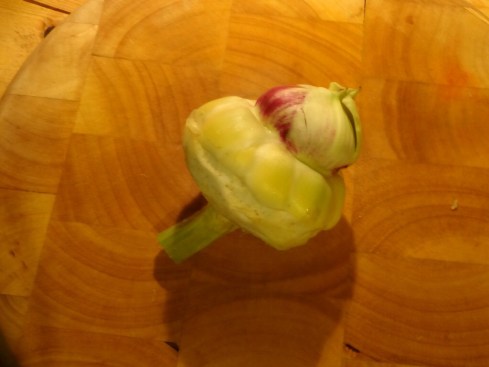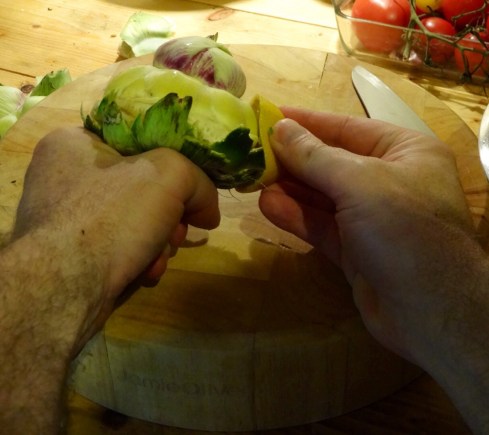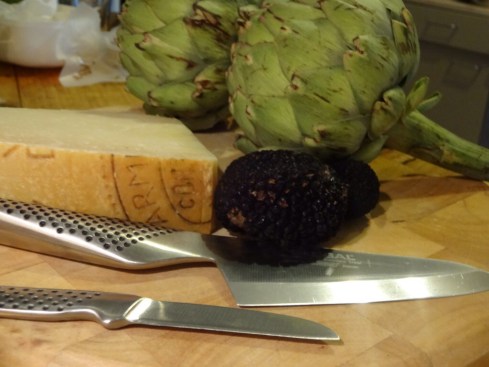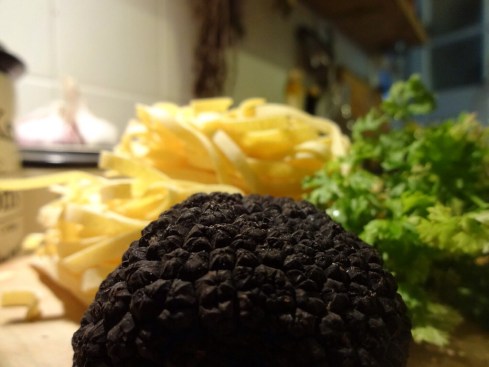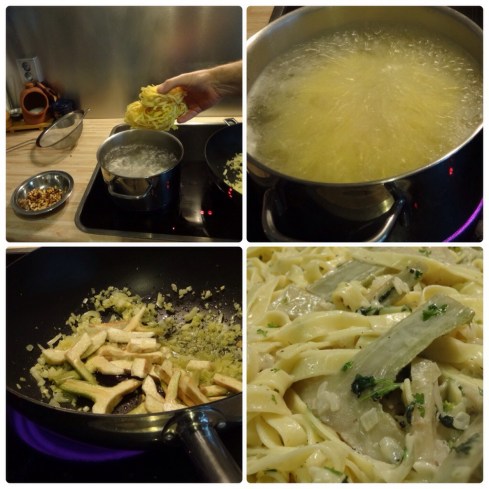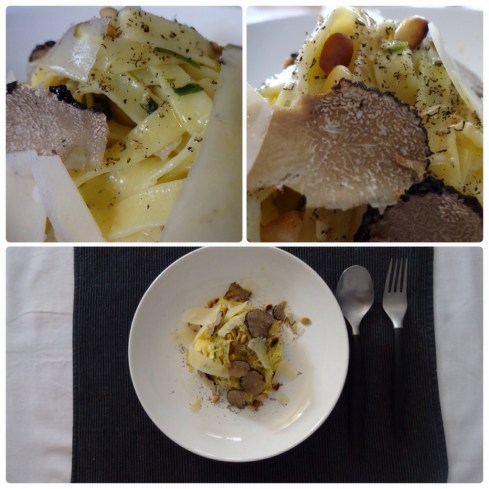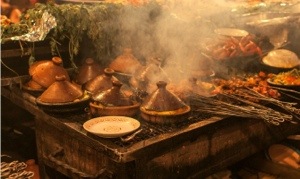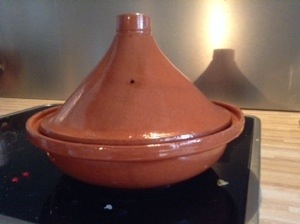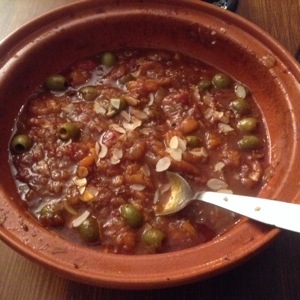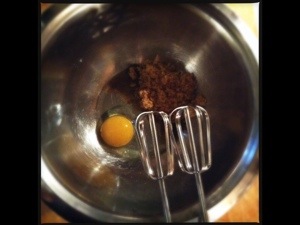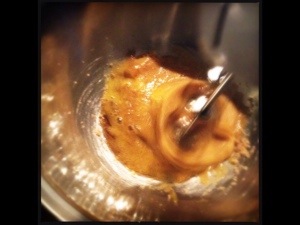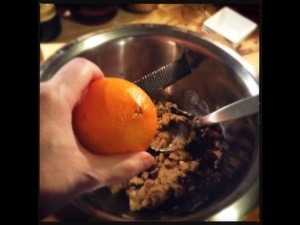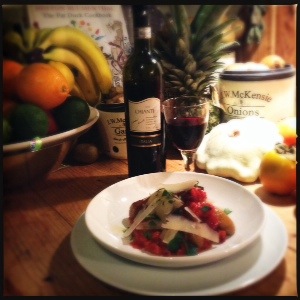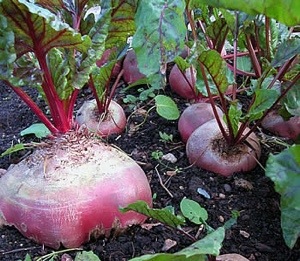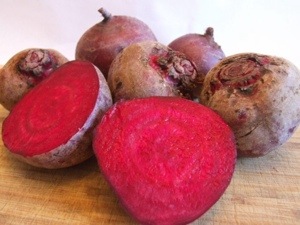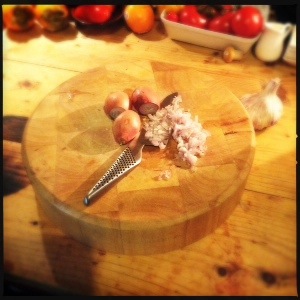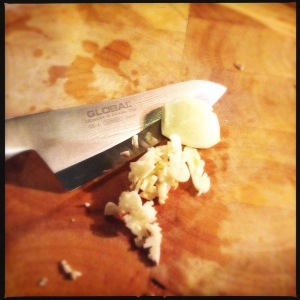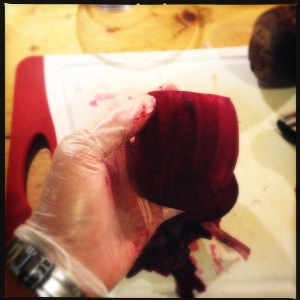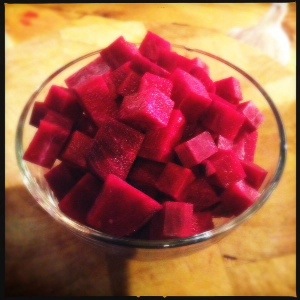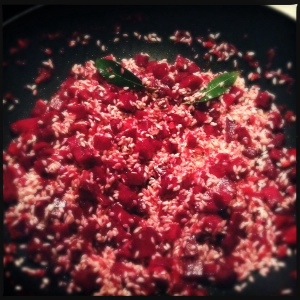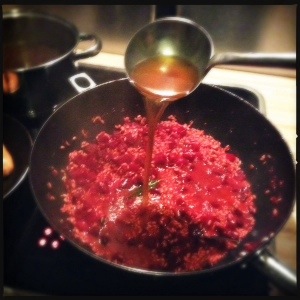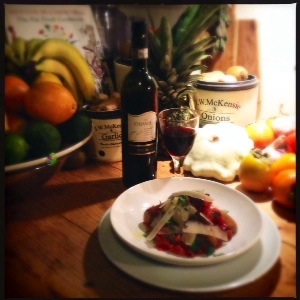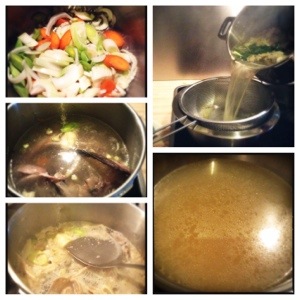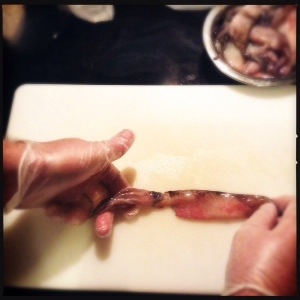Fried cod loin ( skrei the Norwegian cod ) with white bean purée and garlic crisps
Skrei is the name for adult winter cod from the Barents Sea northwest of Norway where it migrates to spawn. This sustainable fish It is a delicacy which is looked forward too at the beginning of the year The cod travels from December to April from the Barents Sea to the warmer waters around Lofoten in the north of Norway to spawn . The migration ensures for a lean, tender and flaky fish.

Skrei is therefore a Norwegian cod in the prime of its life, in fact, the word Skrei comes from the Norse word “skrida” which means to wander or walk.
Skrie’s premium quality is preserved through strict grading guidelines on size, maturity, location and appearance. It’s then packaged within 12 hours of being caught, and branded with the SKREI® logo to guarantee you’re getting the best sustainable product.
A real Norwegian fish supper is the marvellous mølje, a traditional trio of poached skrei, cod’s roe and cod’s liver, cooked up with onions in its own oil. Served simply with boiled potatoes and crispbread, the hearty family meal is often washed down with a shot or two of aquavit (a Scandinavian spirit distilled from potatoes) and followed by a little nap💤
Fried cod loin ( Skreithe Norwegian cod ) with white bean purée and garlic crispsThe recipe is taken from the fantastic chef Daniel Galmiche who was on the BBC’s Saturday kitchen dated 07-02-2015.
Ingredients

For the white bean purée
150g/5½oz dried butter beans , soaked overnight, drained and rinsed.
1 carrot, peeled, cut into quarters
1 shallot, cut into quarters
1 garlic clove, crushed
2 tbsp extra virgin olive oil
1 tbsp chopped flat leaf parsley
1 lime, zest and juice
For the garlic crisps
Sunflower oil for frying
100ml/3½fl oz full-fat milk
4 large garlic cloves, thinly sliced
3 tbsp plain flour
Sea salt and ground pepper
For the cod
8 garlic cloves, unpeeled
4 cod ( skrei ) loins, about 150g/5½oz each, skin on, patted dry
40g/1½oz unsalted butter
2 tbsp olive oil
Method
1. For the purée, put the butter beans in a saucepan, cover with cold water and bring to the boil over a high heat, skimming off any foam the rises to the surface. Add the carrot, shallot and garlic, turn the heat down to a simmer, partially cover and cook for 40 minutes until tender.
Strain the beans, reserving 4 tablespoons of the cooking liquid. Discard the carrot, shallot and garlic. Put the beans in a blender with 3 tablespoons of the cooking liquid and blend to a smooth purée. Add the extra virgin olive oil and blend again. Add the remaining cooking liquid if the purée is too thick. Season with salt and pepper, then stir in the parsley, half the lime zest and all of the lime juice.
2. For the garlic crisps, heat a deep, heavy-bottomed saucepan with enough sunflower oil to deep-fry the garlic. Heat to 160C/315F, or until a cube of bread browns in 45 seconds. Alternatively, use a deep-fat fryer. (CAUTION: hot oil can be dangerous. Do not leave unattended.)

Meanwhile bring the milk to a gentle boil in a small saucepan, add the sliced garlic and blanch for 2-3 minutes until softened slightly but not breaking up. Remove and pat dry with kitchen paper. Discard the milk.
Lightly dust the garlic in the flour, then carefully drop a few slices at a time into the hot oil and fry for 2-3 minutes until golden-brown and crisp. Drain on kitchen paper. Season with salt and set aside.
3. For the cod, blanch the garlic cloves in a small saucepan of boiling water for 4-8 minutes until softened, then drain. Refresh in cold water and pat dry with kitchen paper.
Season the skin of the cod with salt and pepper. Heat a lidded non-stick frying pan over a high heat. Add the butter and olive oil. When the butter is foaming, add the cod, skin side down, and cook for 3-5 minutes, or until the skin is crisp and golden.  Turn the heat down to medium-low, add the blanched garlic cloves, partially cover with the lid and cook for 3-4 minutes. Remove the lid, turn the fish over and cook for a further 2-3 minutes until just cooked through.
Turn the heat down to medium-low, add the blanched garlic cloves, partially cover with the lid and cook for 3-4 minutes. Remove the lid, turn the fish over and cook for a further 2-3 minutes until just cooked through.
Serve the cod on a bed of the bean purée with the buttery garlic sauce spooned over the top. Sprinkle with garlic crisps and the remaining lime zest before serving.
For more info call or mail inquires to: 0031 (0)642297107
simon.bingham@simons-sauces.com


















